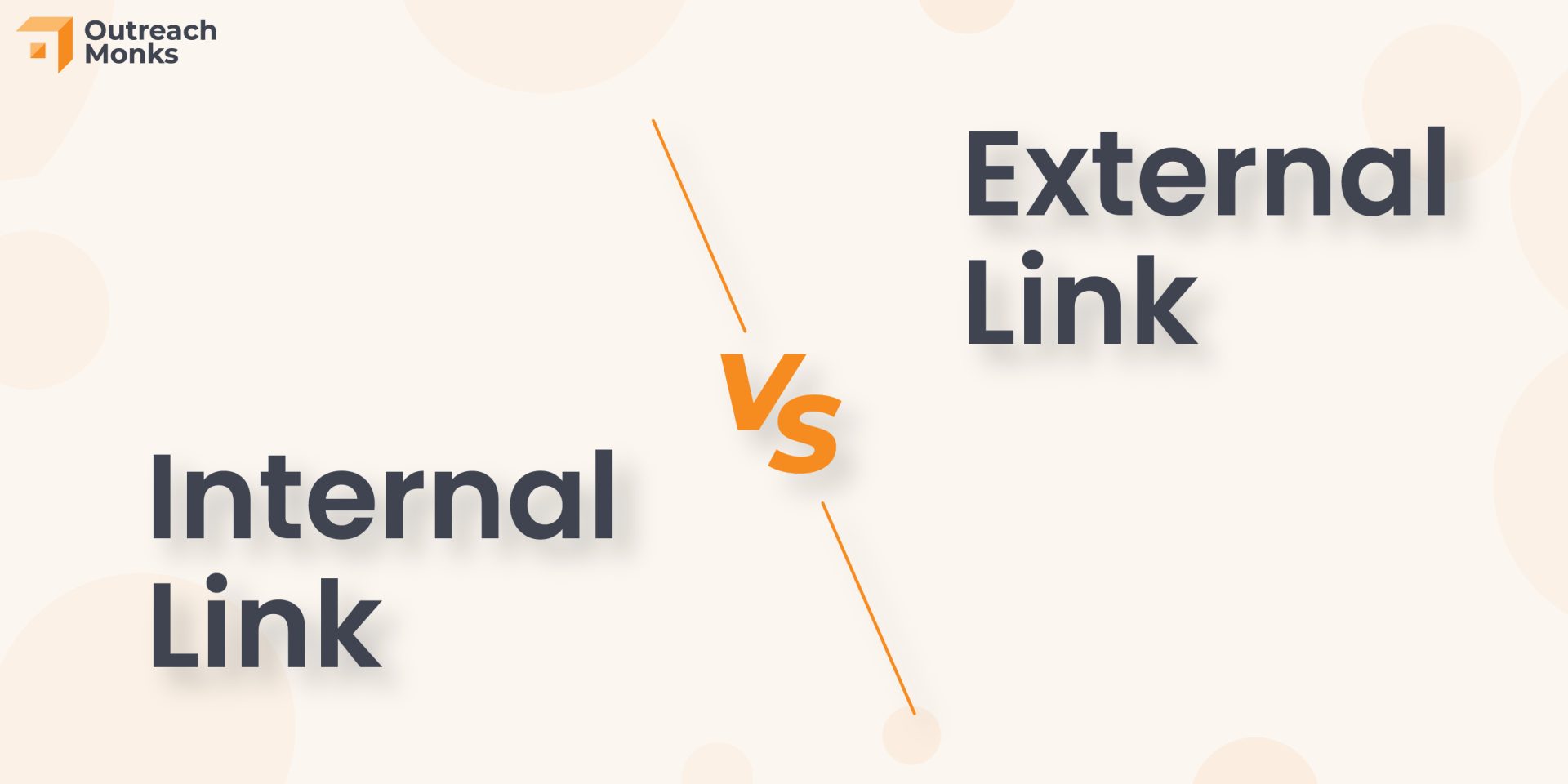External links – what are they and what are they for?

External links, also known as outbound links, are an integral part of the web ecosystem, playing a crucial role in connecting websites and facilitating the exchange of information across the internet. But what exactly are external links, and why are they important?
In this comprehensive guide, we'll delve into the world of external links, exploring what they are, how they work, and why they matter for your website's SEO and overall user experience.
What are External Links?
External links are hyperlinks that point from one website to another, directing users to a different domain or web address outside of the originating site. These links can lead to a wide range of destinations, including other websites, blog posts, articles, social media profiles, and more.
What Are They For?
1 Source Attribution: External links provide attribution to the original source of information, allowing readers to verify the accuracy of the content and explore related resources.
2 Enhanced User Experience: By linking to relevant and authoritative external sources, website owners can enrich their content and provide additional value to their readers, enhancing the overall user experience.
3 SEO Benefits: External links play a significant role in search engine optimization (SEO), helping search engines like Google determine the relevance, credibility, and authority of a website. When a website receives inbound links from reputable sources, it signals to search engines that the site is trustworthy and deserves higher rankings in search results.
4 Networking and Collaboration: External links also facilitate networking and collaboration between websites and content creators. By linking to each other's content, website owners can build mutually beneficial relationships, attract new audiences, and expand their online presence.
By understanding the role of external links and following best practices for their use, you can enhance your website's credibility, authority, and visibility in search engine results. Embrace the power of external linking as a valuable tool for connecting with your audience and enriching your online content.
Table of Contents
- 1. Relevance and Quality
- 2. Anchor Text Optimization
- 3. SEO Benefits
- 4. Networking and Collaboration
- 5. Enhanced User Experience


